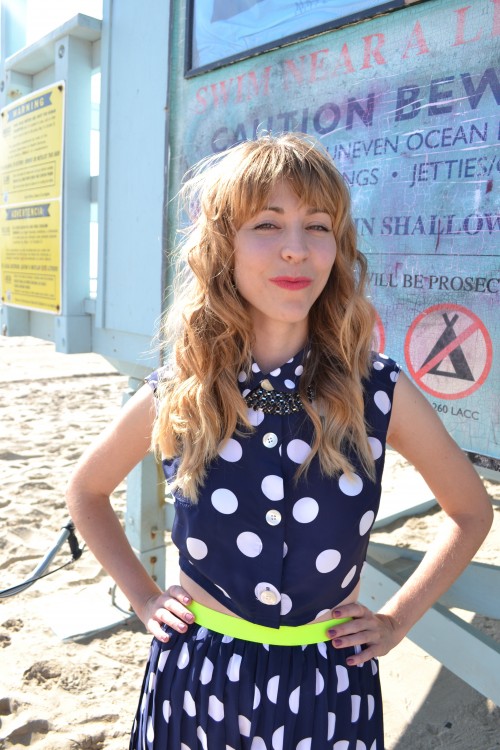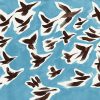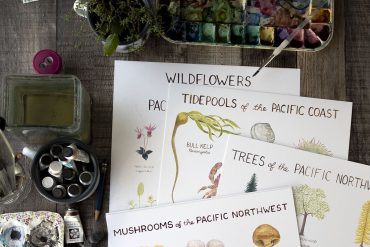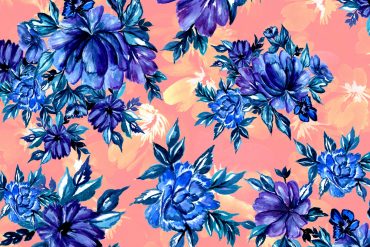
In Trishawna’s fun and informative training PDF, she provides 10 tips for designing successful prints for swim clients, based on her nearly 10 years of experience purchasing artwork for this market.
In today’s excerpt we have shared the first three design tips, which cover such important factors as scale, repeat size, and flow. In the full version available in The Textile Design Lab Trishawna provides seven more great tips, including shapes to avoid, how to make a buyer feel like they are getting a better deal, and more. For now we hope you enjoy this free excerpt!
I have worked in women’s swimwear for almost a decade, and one thing that can make or break swimwear is print selection. I’ve worked closely with graphic designers and purchased a huge quantity of artwork from print vendors over the years. I’ve also been lucky enough to work for a company that has a big budget for prints and a lot of different clients for which to purchase artwork, so my eye has become very keen on what works for swimwear and what doesn’t.
1. SCALE IS EVERYTHING.
Most swimwear, especially in the junior market, is made from tiny pieces. That leaves very little surface area to show off the print, which means most prints need to be scaled down for swimwear.
I’m pretty good at visualizing things, but I usually make a couple trips to the photocopier during an appointment (our print vendors are very gracious) to scale artwork down so we can make final decisions on what to buy. Print houses often show prints at scales that are better for dresses, so it’s a nice perk when print houses think of swim and give us scale options.
I don’t mean that all your prints should be ditsy. If you designed an oversized floral, keep it big. Simply scale it to about 80% of what you might use for dresses. That way more than one of your beautiful flowers will fit on front of a tiny brief.
To help yourself scale before a swim meeting, create a cut-out of one side of a triangle top or the front of a bikini bottom on poster board and look at the print through that shape. You’ll get a pretty good idea of how the print will cut up into a bikini. Most swim designers have swim cut-outs like this they use during appointments to help them visualize the suits, and your prints will sell better if they are printed at a scale appropriate for swimwear.
One print house my company uses shows two scales of a print, one large scale and one tiny scale. Both are tucked into the same print header. Since during an appointment I scan lots of artwork at once, I don’t have time to properly visualize everything; this scaled version makes it easy for me.

2. KEEP REPEATS SMALLER TOO.
A problem that can occur when swimwear is cut up into those tiny pieces is that one piece of the suit can look very different from another. I’ve even seen triangle tops in which the two sides of the triangle looked like they belonged to different suits. This can happen if there are extreme variations in color from one section to the next or if there is a really large repeat with too much differentiation compared to the size of the suit. I often have to go into artwork that we’ve purchased and take out sections so the repeat will be small enough to be readable on the swimwear. Take these two stripes:
They both have the Mara Hoffman feel. The one on the left has a more consistent repeat and easily translates into swim. I had to take the one on the right and get rid of the large black sections before I could use it in my suits. In the case of stripes patterns I want to be able to see an entire repeat from the top to bottom of a triangle top.
Download your free excerpt of Trishawna’s training here to continue reading her first three tips for designing prints for swimwear. You can access the full 23-page training and all of our Textile Design Lab courses and members-only content by joining today.













